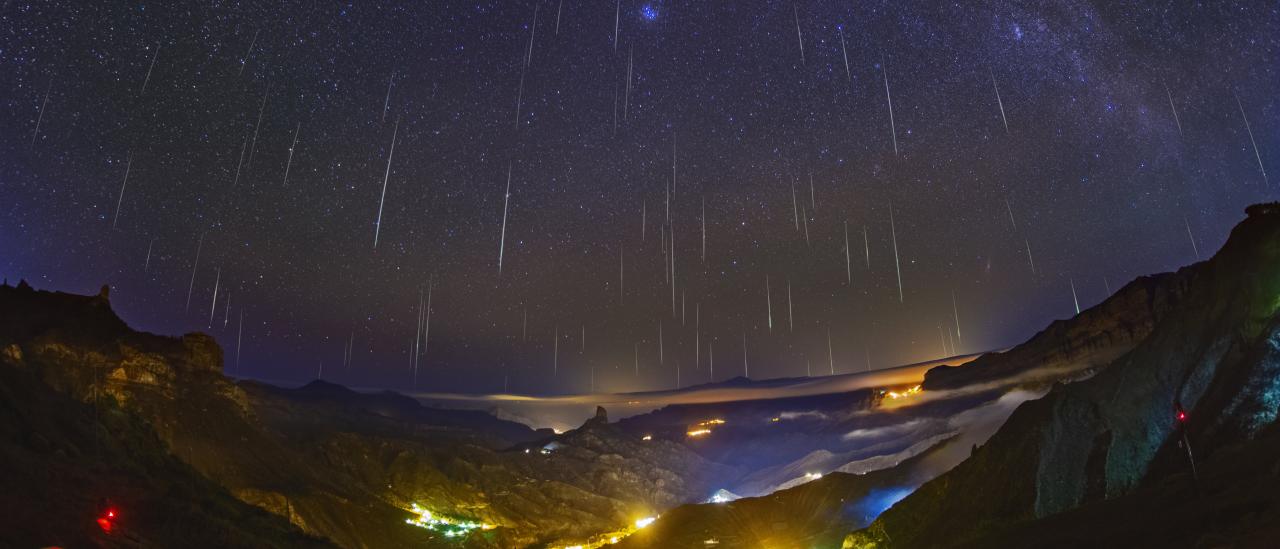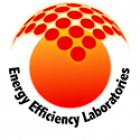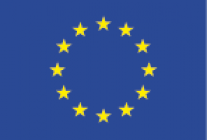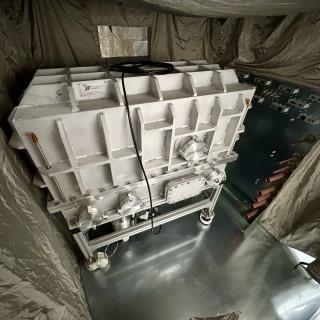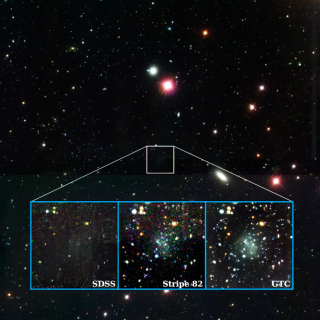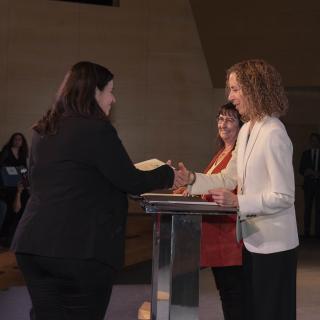The results obtained from the over two hundred photometers put in place by the Interreg EELabs project during the past four years have been used to evaluated the impact of artificial night lighting on the night-time ecosystems of the achipelagos, especially on sea birds, but also to make the local people aware of this type of contamination.
In Macaronesia (the collective name for the Atlantic Islands comprising the Azores, Madeira, the Canaries and Cape Verde), natural night-time darkness is preservedonly in highly isolated natural reserves, such as the islands of Corvo and Graciosa (the Azores), Alegranza (in the Chinijo Archipelago of the Canaries) or protected by law such as the Roque de Los Muchachos Natural Park (La Palma, Canaries).
Since the Interreg EELabs project was set up in 2019 12 networks of photometers have been installed, for monitoring the darkness in natural spaces of the Macaronesian archipelagos. A total of 222 autonomous photometers developed specifically for this project have been distributed around the islands of Tenerife, La Palma, Maedira, Corvo, Flores, Gran Canaria, La Graciosa, Alegranza, Lanzarote, Fuerteventura, El Hierro, Ilhas Desertas, Graciosa and Sao Miguel. The information they gather is sent to the public portal IoT-EELab, for the scientific and educational communities to use.
The initial conclusions are clear: the natural darkness is conserved only in highly isolated natural reserves such as the islands of Corvo and Graciosa (Azores), Alegranza (Chinijo archipelago, Canaries) or protected by law, such as the Natural Park of the Roque de los Muchachos (La Palma, Canary Islands). The remaining places monitored show an average LPE (Light Pollution Excess) on average, of 40%.
“EELabs has given us a quantitative snapshot of the light pollution in the main natural areas of Maraconesia. Although it is true that isolated places such as Corvo, Graciosa, and Alegranza, or those protected by law, such as La Palma, do maintain their natural darkness, in general there is light pollution at all the places measured. We should pay special attention to the island of Grand Canary. Of the 25 photometers installed in the municipality of Tejeda the darkest place measured was at the Paralillo Dam, and even there we find a light pollution excess of 48%. If we want to preserve dark skies in the Canary Islands we must regulate sustainably the lighting in the major centres of popluation, starting with the capitals” comments Miquel Serra, IAC researcher and coordinator of the project.
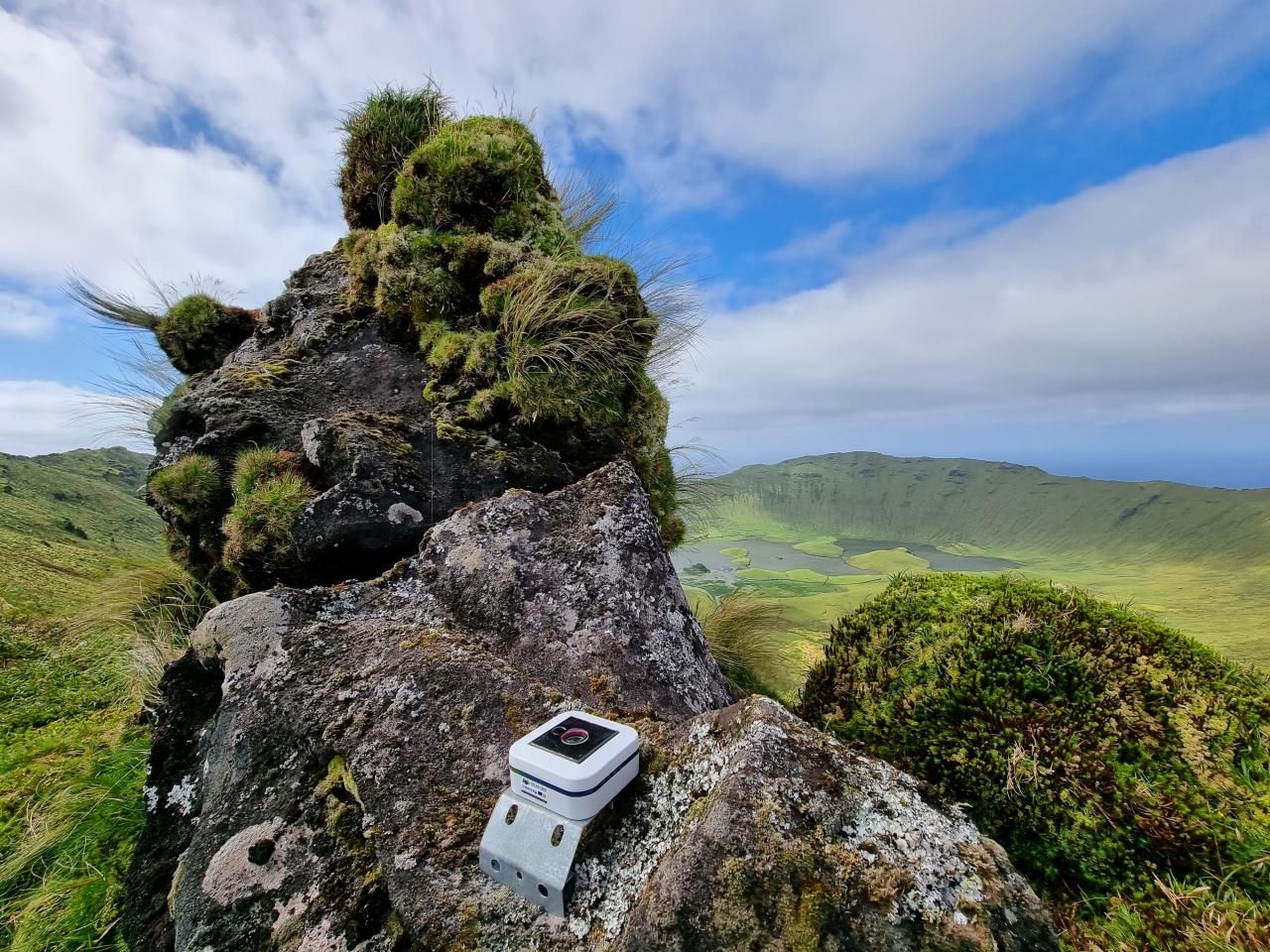
But the networks of photometers, termed Light Pollution Laboratories (LPL’s) also contain MiNiOs whose purpose is to facilitate the transmission of the data from the photometers and also to send information about the meteorological conditions at each position in the network.
Initially the MiNiO controllers needed an electrical connecton for them to work, but when it became necessary to install them in protected natural areas ITER, a partner in the campaign, proposed the technical solution best adapted to the physical, enegetic, and operative characteristics of these devices. The solution was to install a system of photovoltaic supply next to the device, which offered autonomy of energy throughout the year, or for most of the year, and which has allowed the project to install them in natural areas, taking advantage of the available solar energy. This started with the construction of a prototype which was tested at the Teide Observatory, and which was later installed at the cable car of the Teide National Park. This was used as a model for building the rest of the autonomous MiNiOs which were set up in Madeira (Pico do Ariero Natural Park) and in Greenland (next to the Qaleraliq Glacier).
The results from all of these devices have yielded a method for calibrating satellite images. This system is oriented towards evaluating light pollution in greater detail. Satellite images are no sufficiently sensitive to take accurate measurements in really dark areas, whereas the photometers are not limited in this way. For this reason the resulting map is very valuable, because it combines the two sources of information, and permites a very precise analysis of the brightness at night for the whole planet.
The impact on night-time ecosystems
Light pollution affects a number of species of sea birds; Macaronesia is home to 10 of them. Many of the young of these species are attracted by the lights of the cities during their early flights, and die. To help in this situation within the framework of the Interreg EELabs project a number of initiatives involving volunteers have been taken, resuilting in the rescue of hundreds of birds. Thousands of school students in Maderia and the Azores have learned about this problem, and now act as ambassadors for the conservation of sea birds and the preservation of dark skies as a measure for the protection of biodiversity. The installation of the photometers, and the tracking of Cory’s Shearwaters using GPS devices have improved our knowledge of the interaction of these birds with lighting on the coast, as well as yielding very important data about the ecology of this species. All of these projects will be developed and continued in the LIFE Natura@night Project.
In order to protect the night-time ecosystems and the starry sky from artificial night lighting, the municipalities of Güímar, Santiago del Teide, and Mogán, have committed to extending their regulations for protecting the night via collaboration agreements within the framework of the Interreg EELabs project.
As well as this commitment by public administration, another important part of the project has been to raise the awareness of people in general about the problems arising from light pollution. To explain the need for protecting dark skies at night, 25 direct broadcasts of astronomical events have been transmitted, which included meteor showers, aurorae, and eclipses, and in addition the series #UniversoEnCasa, which was broadcast during the first weeks of the COVÇID-19 confinement. As well as these videos, there were talks given in educational centres and museums, open days, and planetarium shows, as well as the film “El Lado Oscuro” (The Dark Side) also translated into Portuguese, to amplify the outreach of the importance of conserving the starry sky.
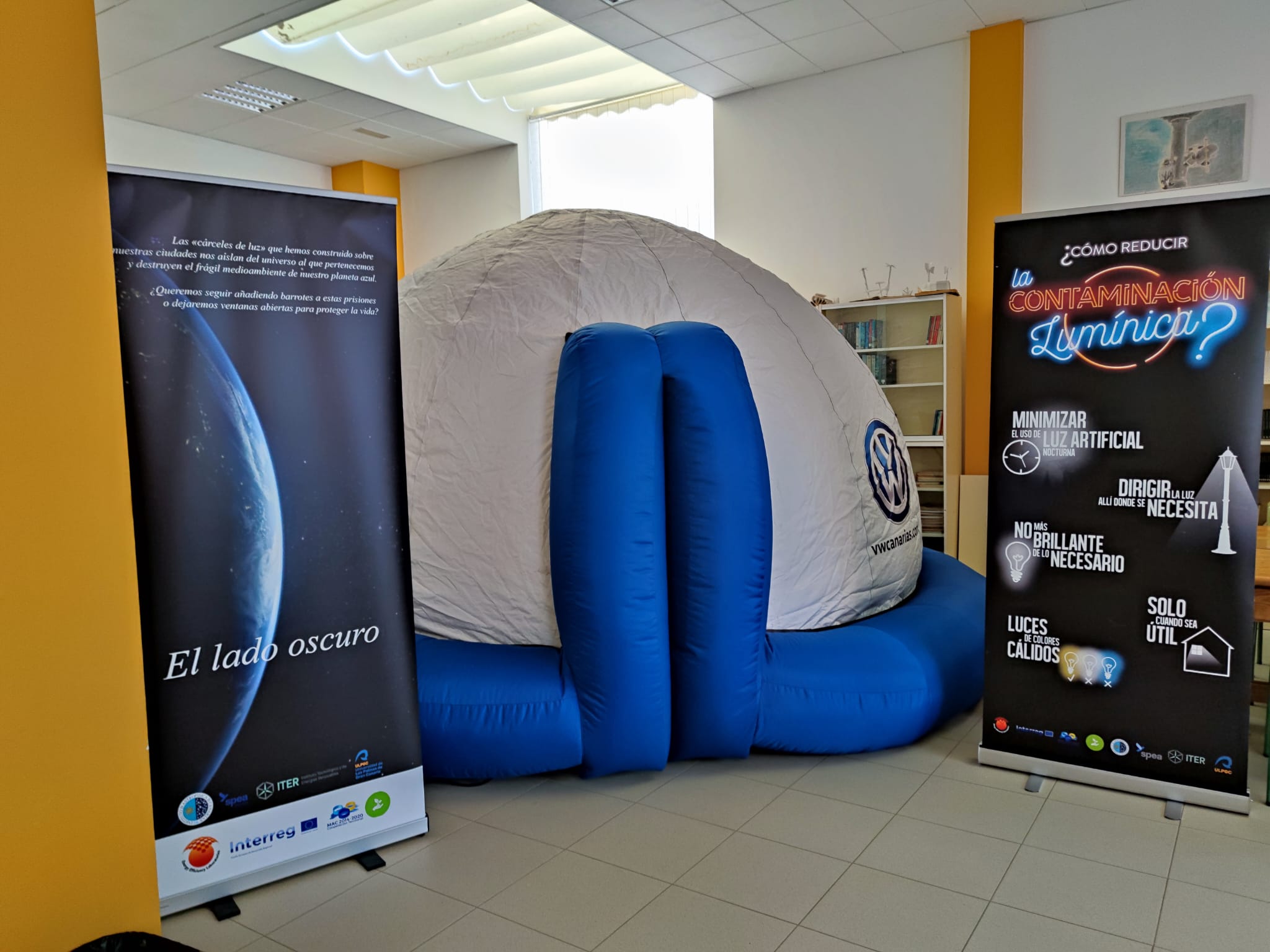
EELabs (eelabs.eu) is a project funded by the programme INTERREG V-A MAC 2014-2020, and co-funded by FEDER (The European Fund for Regional Development) of the European Union, under contract number MAC2/4.6d/238. Working in EELabs are 5 centres in Macaronesia (IAC, ITER, ULPGC, SPEA-Azores and SPEA-Madeira). The aim of EELabs is to build laboratories to measure the energy efficiency of artificial night lighting in protected natural areas in Macaronesia (the Canaries, Medeira, and the Azores).
The LIFE Natura@night project is co-financed by the LFE programme of the European Union coordinated by the SPEA, and has members the Municipal Council of Lobos, the Municipal Councils of Funchal, Santa Cruz, Machico, Santana, Santa Cruz de Graciosa, the Regional Management Committe of Marine Affaris, the Institute of Forestry and Nature Conservation, the Institute of Astrophysics of the Canaries, the Technological institute of the Canaries, Fluxo de Luz, and the Spanish Ornithological Society.
Scientific articles
Alarcon, M.R., Serra-Ricart, M., Lemes-Perera, S. & Mallorquín, M. (2021). Natural Night Sky Brightness during Solar Minimum. The Astronomical Journal, Vol. 162, Num. 1. DOI: 10.3847/1538-3881/abfdaa
Alarcon, M.R., Puig-Subirà, M., Serra-Ricart, M., Lemes-Perera, S., Mallorquín, M. & López, C. (2021). SG-WAS: A New Wireless Autonomous Night Sky Brightness Sensor. Sensors 2021, 21(16), 5590; https://doi.org/10.3390/s21165590
Fernandez-Ruiz, B., Serra-Ricart, M., Alarcon, M. R., Lemes-Perera, S., Santana-Pérez, I., & Ruiz-Alzola, J. (2023). Calibrating nighttime satellite imagery with red photometer networks. Remote Sensing, 15(17), 4189. https://doi.org/10.3390/rs15174189
Relevant links:
Portal for data IoT EELab: https://data.eelabs.eu/
Map of light pollution: https://data.eelabs.eu/map
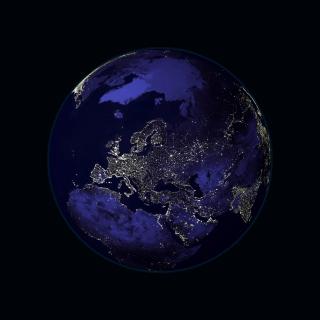
EELabs (eelabs.eu) is a project financed by the INTERREG V-A MAC 2014-2020 Programme, co-financed by the FEDER (European Regional Development Fund) of the European Union, under contract number MAC2/4.6d/238. Five centres in Macaronesia work in EELabs (IAC, ITER, UPGC, SPEA-Azores, SPEA-Madeira).
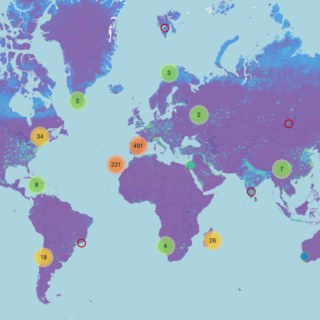
La Universidad de las Palmas de Gran Canaria y el Instituto de Astrofísica de Canarias han desarrollado un método para calibrar imágenes nocturnas de satélites a partir de medidas de redes de fotómetros nocturnos. El trabajo, financiado por el proyecto Interreg EELabs, está orientado a evaluar de forma más precisa la contaminación lumínica y su impacto en los ecosistemas naturales de la Macaronesia. Los datos están a disposición de la comunidad científica a través del portal del proyecto. Desde su inicio en 2020, el proyecto Interreg EELabs ha desplegado más de un centenar de sensores en las
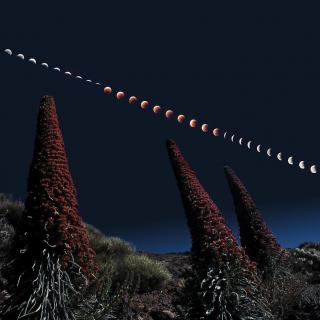
Initiation of the European project EELabs. The recent visit of the Mayor of Gúímar to the Teide Observatory sees the start of the Energy Efficiency Laboratories project, coordinated by the Instituto de Astrofísica de Canarias, for the protection of night-time ecosystems through energy efficiency.
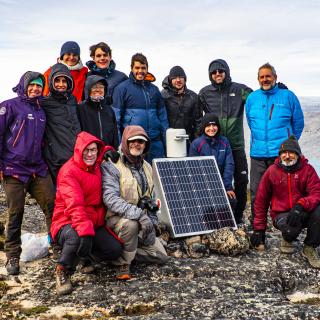
Between 27th August and 7th September the Shelios 2023 expedition tool a group of researchers and students at the south of Iceland and Greenland, where they set up two experiments to measure the natural darkness of the arctic night, and from where they broadcast the aurora borealis. Among the apparatus they installed is the autonomous MiNiO ( Meteo Nano Observatory) controller, developed by the Technological Institute for Renewable Energies (ITER), for the Interreg EELabs project, coordinated by the Instituto de Astrofísica de Canarias (IAC). As well as making people aware of the problems of
